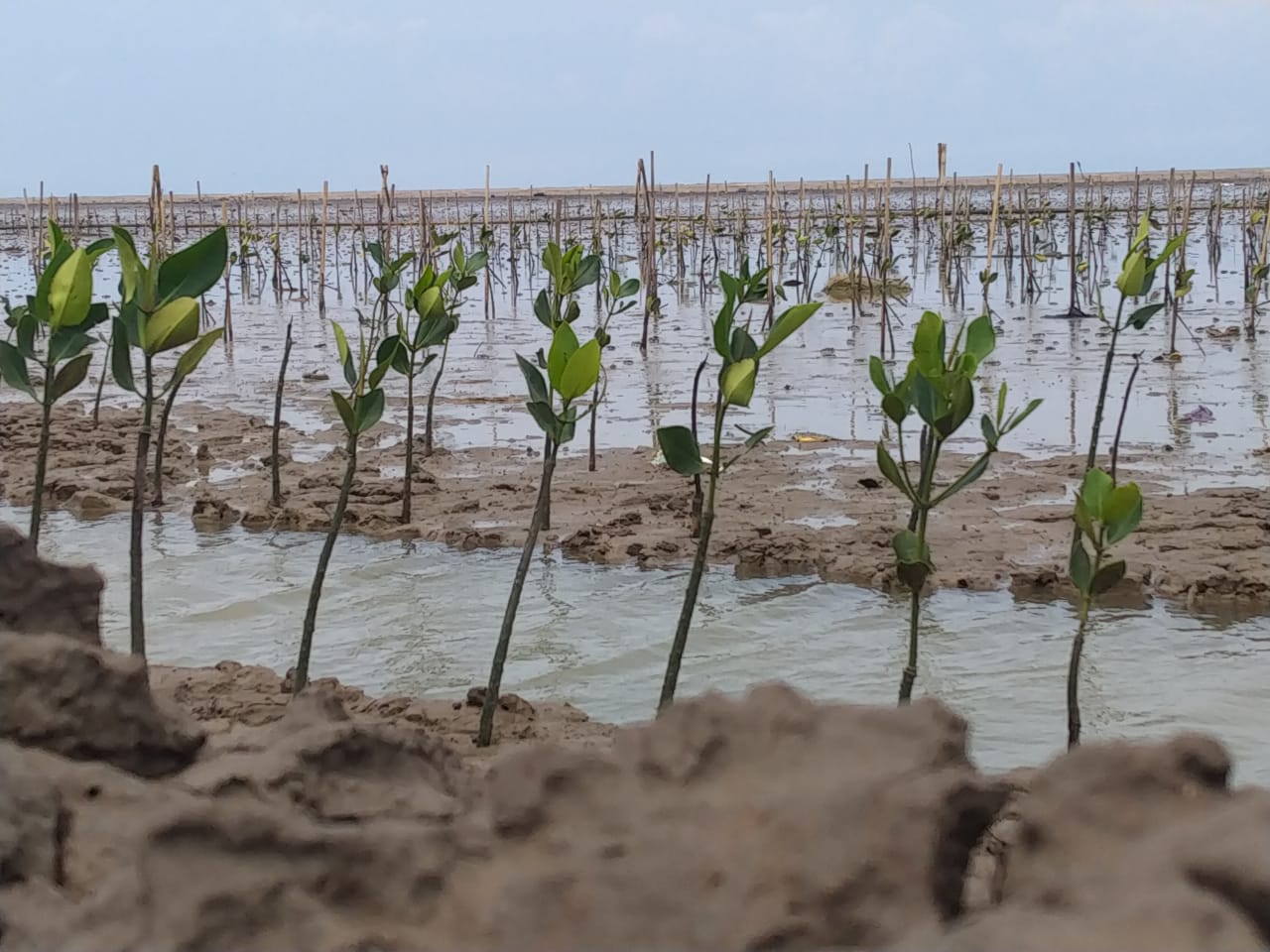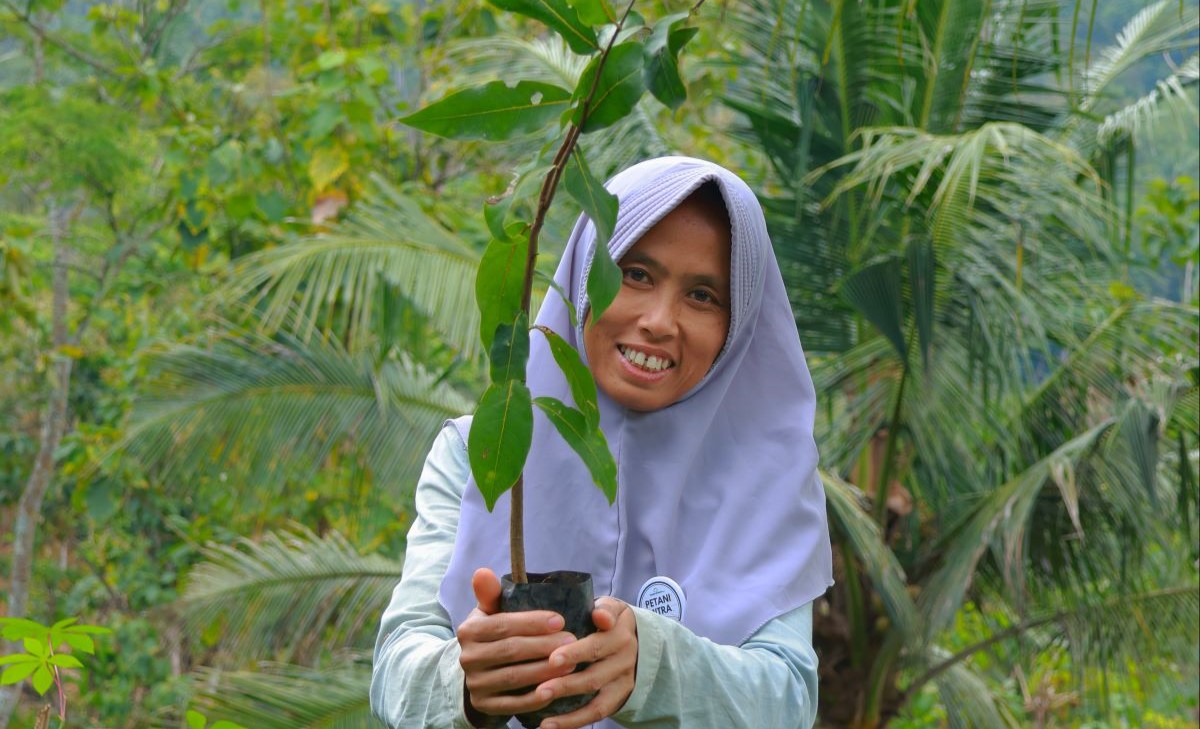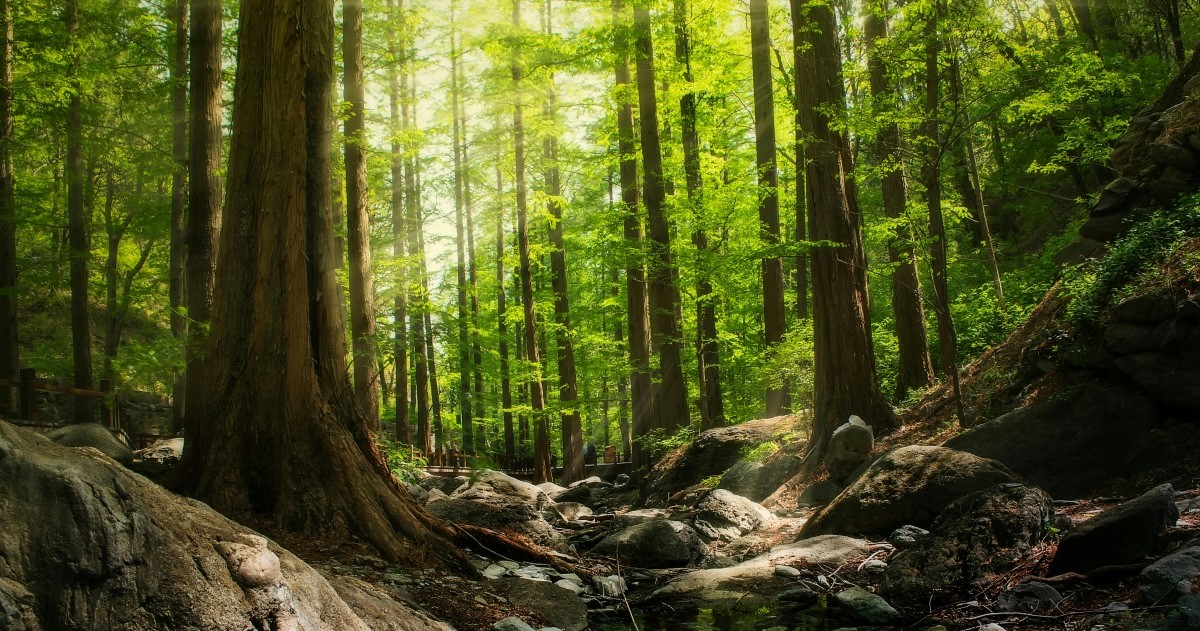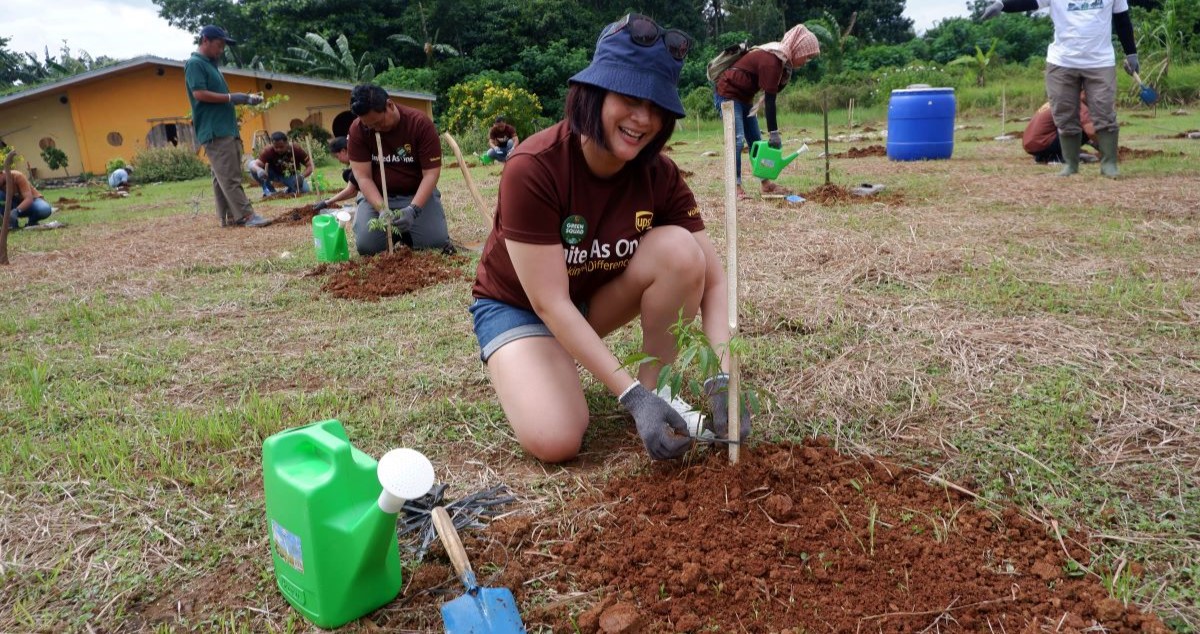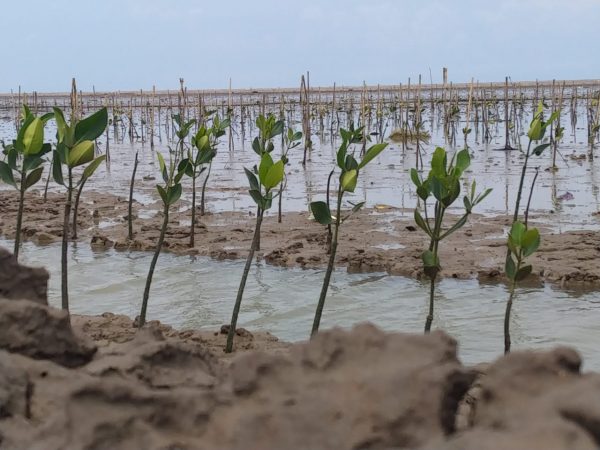
When you walk along the beach, have you ever seen trees which grow in the seawater? Those are mangrove trees. They are a type of tree that can tolerate saltwater. Mangroves can be found along the shores, rivers, and coastlines in tropical and subtropical countries around the world.
Indonesia itself is a home for one of the largest mangrove populations in the world. The mangrove cover in Indonesia is estimated to be 3,2 million hectares or 22,4 percent of the total mangroves’ population in the world. So, when you travel to Indonesia, mangroves can be found on almost every one of the 17,000 islands.
The mangrove ecosystem is commemorated internationally on 26 July every year as the International Day for the Conservation of the Mangrove Ecosystem or World Mangrove Day. This day marks the importance of mangrove ecosystems for the wellbeing, food security, protection of coastal communities, and mitigating climate crisis.
The ecosystem affords significant contributions for nature and human beings. It is not only incredibly effective in sequestering carbon, stabilizing climate, and combating climate crisis, but also supporting coastal communities’ livelihood and biodiversity.
Here are some remarkable benefits of mangroves we need to know and why we should protect and restore this species.
Mangroves are A Very Important Carbon Sink
Compared with other terrestrial forests, mangroves absorb vast amounts of carbon. Mangrove forests can store five times more carbon than a typical tropical forest. One-hectare mangroves can store up to 3.700 tons of carbon, which is equivalent to taking more than 2.650 cars off the road for a year.
Mangroves are effectively absorbing greenhouse gases from the atmosphere and mitigating the effects of climate change.
Mitigate Coral Bleaching
Coral bleaching is one of the devastating effects of climate change which causes coral to lose its color and turn white. When coral bleaching occurs, it disturbs the ocean ecosystem and can cause the death of entire coral reefs. Healthy mangrove forests can provide shelter for some coral species which are at risk. Mangrove forest also can reduce ocean acidification that can harm marine species such as mollusks, corals, and some varieties of plankton which are all important links in the worldwide food chain.
Hotspot of Biodiversity and Nursery Ground
Mangroves provide a home, nursery, and feeding ground for a wide range of animals, including fishes, birds, insects, reptiles, mammals, and various crustaceans like shrimps and crabs. Mangrove areas are also supplying organic and inorganic nutrients that are important for the species. In other words, mangroves are hotspots of biodiversity and form a healthy and rich ecosystem.
Defense Against Floods, Waves, and Reduce Erosion
Mangrove forests are effective in reducing strong wind and waves which pass through. They also act as a powerful coastal defense against storms, hurricanes, reducing the high waves and destructive tidal surge. The dense roots of mangroves are capable of binding and building soil which can slow down water flows and reduce erosion.
Supporting Well-being and Livelihood for Coastal Communities
Mangroves provide benefits for millions of people who live close to coastal areas with mangrove forests. Many of them rely on mangroves for food, wood, tourism, and enhance fishery productivity.
Some mangroves’ species bear fruit which can be processed into flour, snacks, and other foods. Mangroves are also habitat for fishes and various crustaceans like shrimps and crabs which provide daily food and income for local communities.
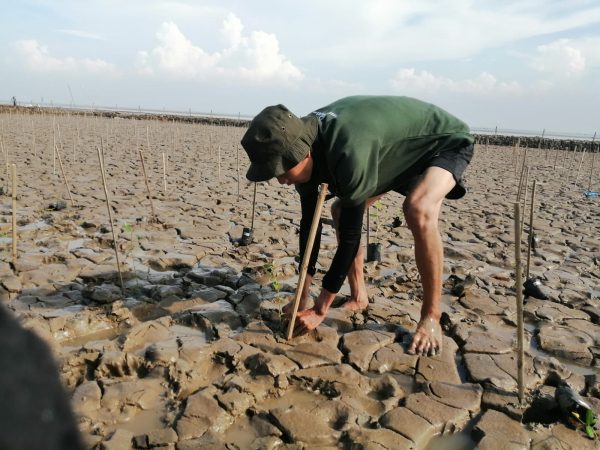
Mangroves accommodate incredible benefits and impacts for nature and human beings. Sadly, mangroves have experienced loss and degradation worldwide, declining 30 to 50 percent in the past 50 years. In Indonesia mangrove forests are also in a significant level of degradation. About 52 thousand hectares of mangrove forests in Indonesia are lost every year.
Read also: Mangrove Planting Program with EcoMatcher Inspires Villagers to Plant More Mangrove Trees
In 2021, Trees4Trees planted 36.000 mangroves in 3.8-hectare mangrove as a pilot project in Pati, Central Java. In 2022 Trees4Trees will plant 100,000 more mangrove trees in this area.
The loss of mangrove cover will bring serious negative impacts not only ecologically but also economically. Therefore, protecting and conserving mangrove ecosystems needs our collective efforts. You can also contribute to planting mangrove trees with us. Contact us to find out how to get involved!
Happy International Day for the Conservation of the Mangrove Ecosystem!
Author: V. Arnila Wulandani

